In early 1932, after many debates, the first Con Dao Prison Party Cell agreed to fight and force the enemy to strictly follow the prison regulations, such as: No terrorism or brutal abuse, prisoners have the right to study, culture, and read books and newspapers sent by family and friends.
According to many sources of documents, in 1934, the first newspaper of the prison named “Ban Gop” was made in many copies. By the end of 1935, the newspaper “General Opinion” was launched in Prison 3, cover 1, size 13 x 19cm, written on student paper, as a forum for exchanging opinions on issues raised, learning about Marxism - Leninism through meetings. “General Opinion” was written by two comrades Nguyen Van Cu and Le Duan ( political prisoners from 1931 - 1936). Each issue had sections for news, commentary, editorials and political theory research. The newspaper was secretly passed around like letters. Regarding this “newspaper”, Professor Tran Van Giau commented: “The newspaper is like a mouthpiece and some basic issues need to be discussed further, but inside is each lesson on Marxism-Leninism. The newspaper discusses the basic issues of the Indochina revolution; the major issues mentioned in the 1930 Political Platform, and at the same time raises the basic issues of the Vietnamese revolution...”
After that, Prison 5, Prison 1 published the newspaper “The Red Prisoner”, 9 x 13cm in size, popularizing many issues. In the form of questions and answers, the newspaper was published weekly, providing information on the situation of launching the struggle and educating Marxism - Leninism. Comrade Nguyen Van Cu was the editor-in-chief, the main writer and also a sharp theoretical writer of the newspaper, regularly writing for the newspaper “General Opinion”. In addition to the main writers, political prisoners in Prison 1, Prison 2 were all active in writing for the newspaper... Later, the newspaper “The Red Prisoner” was transferred to Prison 6, Prison 7, Prison 1 changed its name to “Tien Len” newspaper and became the information and struggle agency of the prisoner party cell. The editors of this newspaper included comrades: Pham Hung, Le Van Luong, Ho Van Long...
In November 1950, the prisoners' struggle was successful, and the warden of Con Dao prison was forced to accept the establishment of a Prisoners' Federation - a rare event in the 88 years since the prison was established. On this occasion, the Federation published a magazine called "New Con Dao" - the common voice of the prisoners. From here, the prisoners' lives improved, some published the newspapers "New Life" and "Literature"; in particular, the movement of making wall newspapers developed strongly. In the Death Penalty Prison, there was the newspaper "Prisoner's Friend", in the An Hai Prison Department, there was the newspaper "Doan Ket", in the Construction Department, there was the newspaper "Tho Ho", in the Firewood Department, there was the newspaper "Thang Loi", in the Chi Ton Department, there was the newspaper "Tien Phong", in the Ban Che Department, there were the newspapers "Lao Dong" and "Cong Nhan". In general, these newspapers were considered "allowed", although they were strictly controlled, but the journalistic and artistic life of the prisoners was easy.
During the period 1945 - 1954, the prisoners' literary and artistic movements and popular education developed, reflecting two volumes of documents in the form of magazines. The first volume was titled "Hell on Earth"; the second volume was "The French Invasion Verdict", denouncing the brutal crimes of the French colonial jailers and the harsh Con Dao prison regime. From 1970 to the end of 1973, in area B, camp 6 (detention prison camp), nearly 50 issues of the newspaper were published. In addition to the two newspapers “Sinh Hoat” and “Xay Dung”, there were also the newspapers “Vuon Len” of the Nguyen Van Troi Youth Union, “Ren Luyen”, “Doan Ket”, “Niem Tin”, “Tien Len”… Notably, the newspaper “Xay Dung” not only had the most circulation with 10 issues, but was also a gathering place for many prestigious writers, with rich, carefully selected articles, and was the voice of the entire camp.
As one of the journalists in Con Dao prison, according to Labor Hero Bui Van Toan, to have a newspaper, one must turn the impossible into the possible. First of all, paper and ink pens were absolutely forbidden by the enemy. Through enemy propaganda work, through the medical staff , the kitchen and even the order, prisoners managed to get student notebooks and ballpoint pens. Paper for writing the original and manuscript had to be made from cigarette packs, cardboard boxes, cement bags and parcel wrapping paper sent from the mainland... All had to be soaked in water to be thinned into many sheets for writing. Ballpoint pens for writing the official version, when used up, could be used to make their own ink and refill for further use. Thanks to the enemy selling supplies (clothing dye because there was no soap), prisoners mixed it with glycerine to get black color to use.
To get paintbrushes, the brothers took fresh poplar branches and brooms, peeled off the bark, shaved the ends, and crushed them to use. For information, in addition to the popular news from the leaders and in the prison, the prisoners hid two radios and had to listen secretly, taking shorthand for the required content. The royalties for the authors and scribes were not cigarettes, but the cheerful faces and comments of their comrades. After the newspaper reached each person, it was collected, wrapped in a layer of nylon, put into a glass bottle, and someone was sent to bury it, because they could not bear to destroy it and not let the enemy take it.
“At that time, death was always lurking, no one could imagine their own tomorrow. Therefore, no one thought about how long the newspapers they made would be preserved and how history would evaluate them. But what was thought to be lost forever, then appeared one by one. Although the number of prison newspapers collected and counted up to today is still very modest, it is enough for us to affirm that the press is very necessary in people's spiritual life. Despite the lack of everything, being strictly controlled and suppressed by the enemy, including bloody terrorist attacks, the fact that political prisoners made newspapers showed their resilience. The newspapers of Con Dao prisoners showed an optimistic spirit in the struggle for independence and freedom for the Fatherland and contributed to enriching the history of Vietnam's revolutionary press" - Mr. Bui Van Toan explained.
NGUYEN HAO (Synthesis)
Source: https://baoangiang.com.vn/lam-bao-o-dia-nguc-tran-gian--a422804.html





![[Photo] Cutting hills to make way for people to travel on route 14E that suffered landslides](https://vphoto.vietnam.vn/thumb/1200x675/vietnam/resource/IMAGE/2025/11/08/1762599969318_ndo_br_thiet-ke-chua-co-ten-2025-11-08t154639923-png.webp)











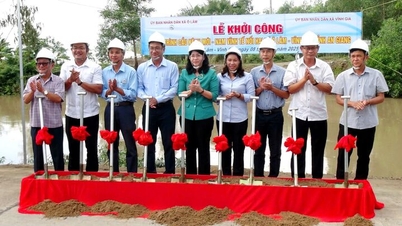





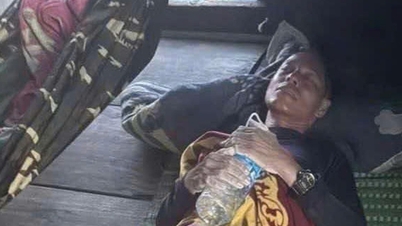





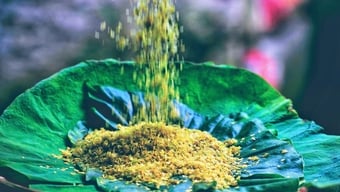






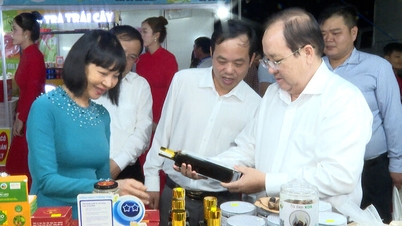
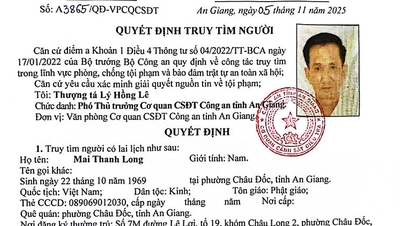








![[Video] Hue Monuments reopen to welcome visitors](https://vphoto.vietnam.vn/thumb/402x226/vietnam/resource/IMAGE/2025/11/05/1762301089171_dung01-05-43-09still013-jpg.webp)



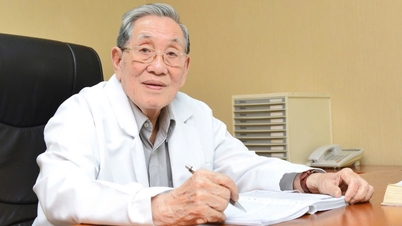





































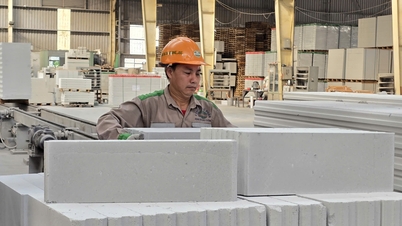







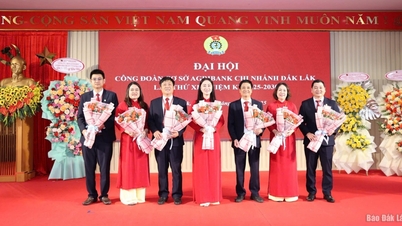

















Comment (0)